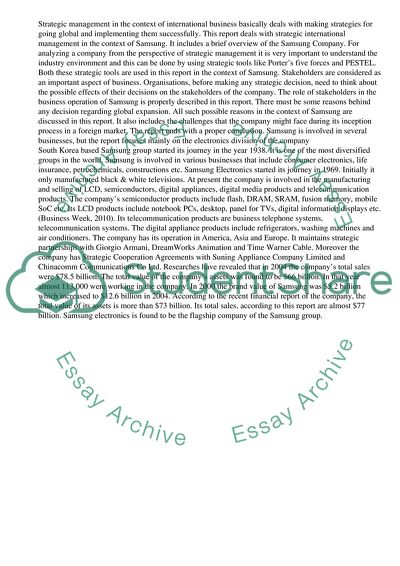Cite this document
(Samsung's Prospects to Enter New Markets Coursework, n.d.)
Samsung's Prospects to Enter New Markets Coursework. Retrieved from https://studentshare.org/business/1736325-strategic-international-business
Samsung's Prospects to Enter New Markets Coursework. Retrieved from https://studentshare.org/business/1736325-strategic-international-business
(Samsung'S Prospects to Enter New Markets Coursework)
Samsung'S Prospects to Enter New Markets Coursework. https://studentshare.org/business/1736325-strategic-international-business.
Samsung'S Prospects to Enter New Markets Coursework. https://studentshare.org/business/1736325-strategic-international-business.
“Samsung'S Prospects to Enter New Markets Coursework”, n.d. https://studentshare.org/business/1736325-strategic-international-business.


